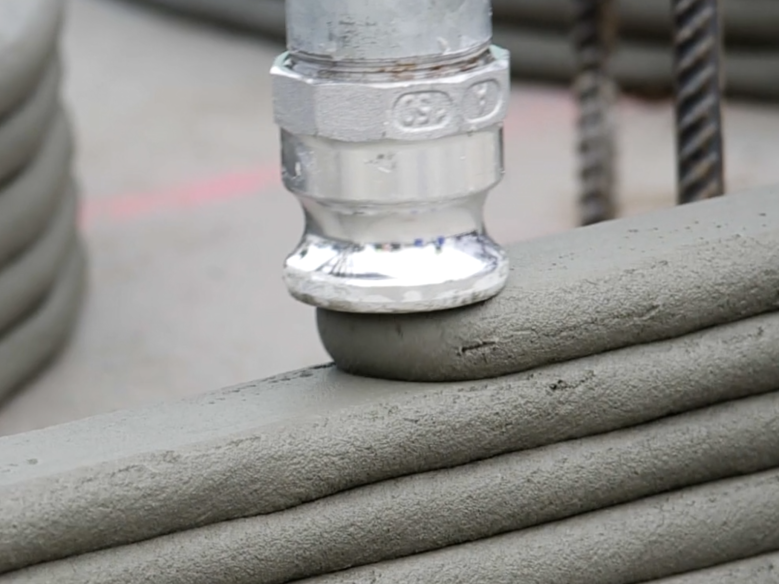
The NSW Government is pursuing innovation to address the housing and homelessness crisis in the state, with the use of 3D printing to deliver more housing.
It has engaged Aboriginal Sustainable Homes, that will work in partnership with Contour3D, to harness 3D printing technology. Together, they will transform a vacant block of land in Dubbo into two two-bedroom duplexes, providing aboriginal housing office tenants with a home.
This method of construction aims to reduce costs and cut construction time by 50 per cent, and is the first social housing property of its kind in the state.
3D printing also produces significantly less waste, and the concrete mix uses eco-friendly, high-recycled materials to produce robust and energy-efficient homes with substantially reduced life cycle maintenance costs.
Founder and CEO of Contour3D Nick Holden said, “We’re excited to showcase our innovative building method that prioritises sustainability, design freedom, and efficiency by bringing automation to the forefront of housing construction”. Minister for housing and homelessness Rose Jackson said, “Using cutting edge technology for this project is a prime example of the NSW Government’s commitment to ‘think outside the box’ by exploring every possible option when it comes to delivering more housing for those who need it.
“Utilising modern methods of construction like this 3D printing technology is critically important to delivering social and affordable homes sooner, especially in regional and remote areas.
“The construction of a 3D social housing property is the first of its kind in the country. The success of this project will help to determine whether this construction method becomes one of the many ways we can deliver more social housing right across the state in a bid to help us tackle the growing crisis.”
Construction of the first 3D printed social home in NSW is expected to commence in late September and be completed within 16 weeks – a stark contrast to the roughly 40 weeks required by traditional methods.
Comment below to have your say on this story.
If you have a news story or tip-off, get in touch at editorial@sprinter.com.au.
Sign up to the Sprinter newsletter



